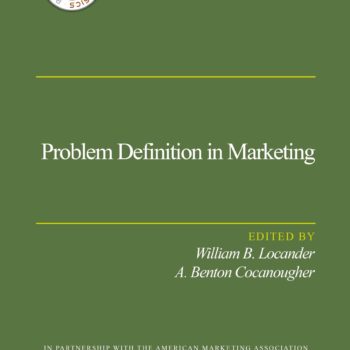Dr. A. Benton Cocanougher was appointed Interim Dean of the Bush School effective January 1, 2009. He is Dean Emeritus and Professor Emeritus at the Mays Business School at Texas A&M University. Cocanougher has a long and distinguished record in academic administration having served as Dean of the Mays School of Business from 1987 — 2001, dean of the College of Business (1976-1985), and senior vice president and provost (1985-87) at the University of Houston. Most recently, he served as the interim chancellor of the Texas A&M University System (2003-2004).
Dr. Cocanougher earned his undergraduate and graduate degrees in finance and marketing from the University of Texas at Austin. His primary research interests include marketing strategy and planning and consumer analysis. His publications have appeared in several professional journals, including Harvard Business Review, Journal of Marketing, Journal of Marketing Research, and Social Science Quarterly.
His professional awards and activities include the Distinguished Alumnus Award, College of Business Administration, University of Texas at Austin; Texas A&M Association of Former Students Distinguished Achievement Award; Distinguished Service Award, University of Houston – College of Business Administration Alumni Association; Nicholas Salgo Outstanding Teacher Award; Mortar Board Distinguished Professor Award; and member, Beta Gamma Sigma Honorary, Phi Kappa Honorary, and Golden Key Honorary.
